Red Bull Rampage owes everything to its location. If it were anywhere else in the world it would a different event. The Rampage sites, just outside Virgin, Utah, are a couple of hours’ drive from Las Vegas, and about half an hour from St George, Utah. That makes it pretty accessible via both a major international and regional airport – so people can get here.
It’s also on the edge of Zion National Park, so there’s a decent amount of accommodation in the area, at a variety of price points. There’s also heaps of what we in the UK would call ‘Wild Camping’, and what folks in the USA consider ‘camping’. Public land, managed by the Bureau of Land Management (BLM), is available for everyone to camp on for free – albeit there are no facilities. There are also trails, and even a BMX track. Come for the weekend, see Red Bull Rampage, and ride your own mini-Rampage on the site of the original Red Bull Rampage. It’s an attractive prospect.
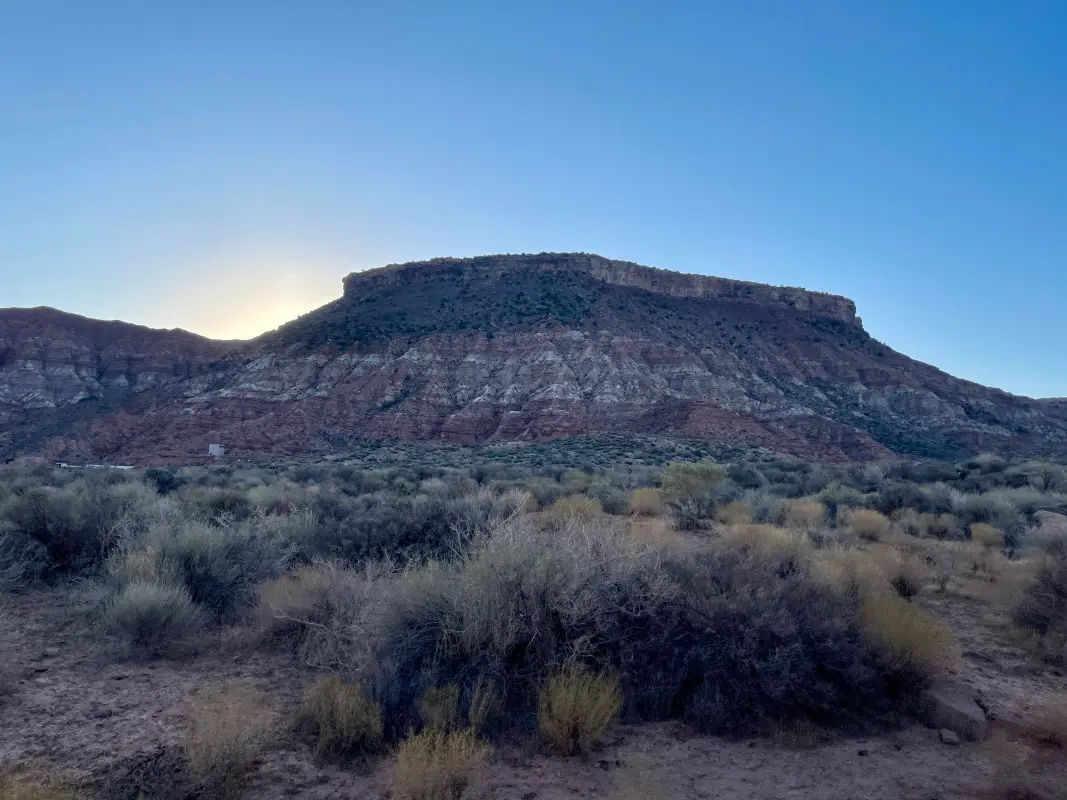
The sites used by Red Bull Rampage these days sit under Gooseberry Mesa. There’s a flat topped Navajo sandstone cap, which sends boulders onto the lightly vegetated steeps below. The gradient eases very slightly as you hit the caliche layer, which form fingers of ridges heading down to the valley floor. Typically, the start gate is around where the fingers top out and the vegetation and boulder field starts. The loose caliche sedimentary section is the Rampage zone.
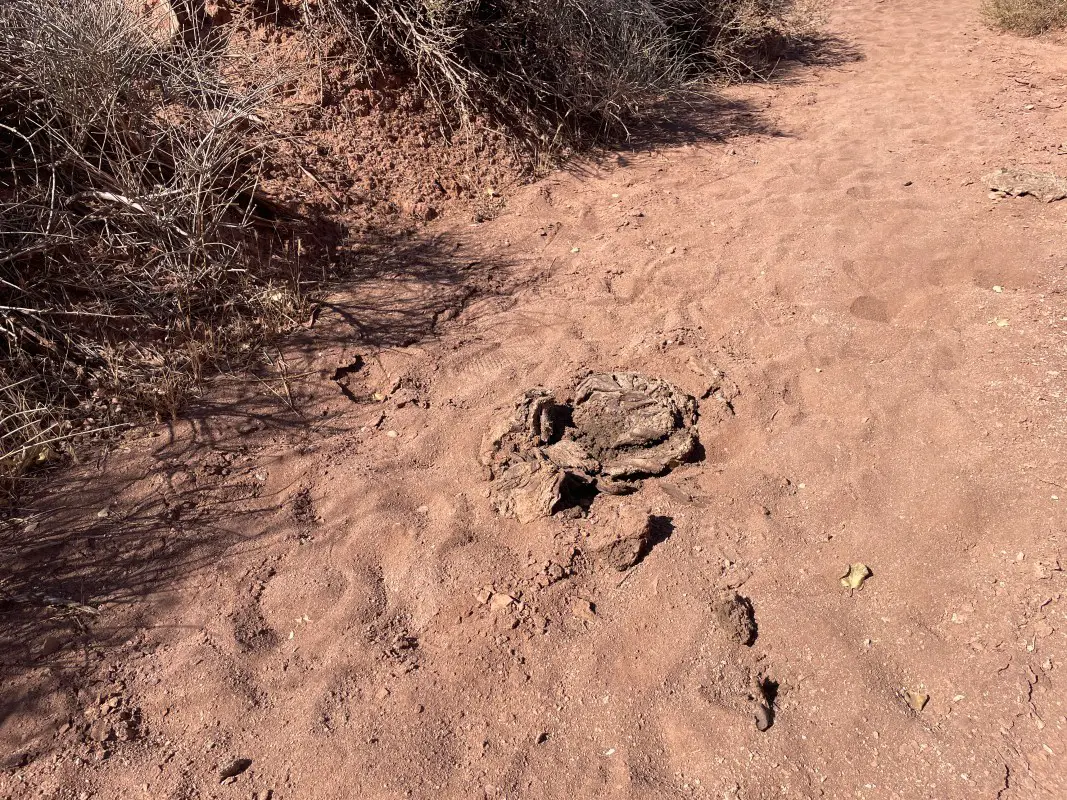
At the bottom of the fingers as we head to the finish corrals is undulating ravines covered with scrub. Cow pats reveal that the area is grazed when the site isn’t being ‘Rampaged’. These are not the lush fields of the UK, however. Apparently the cows here have tough mouths. Everything is spiky.
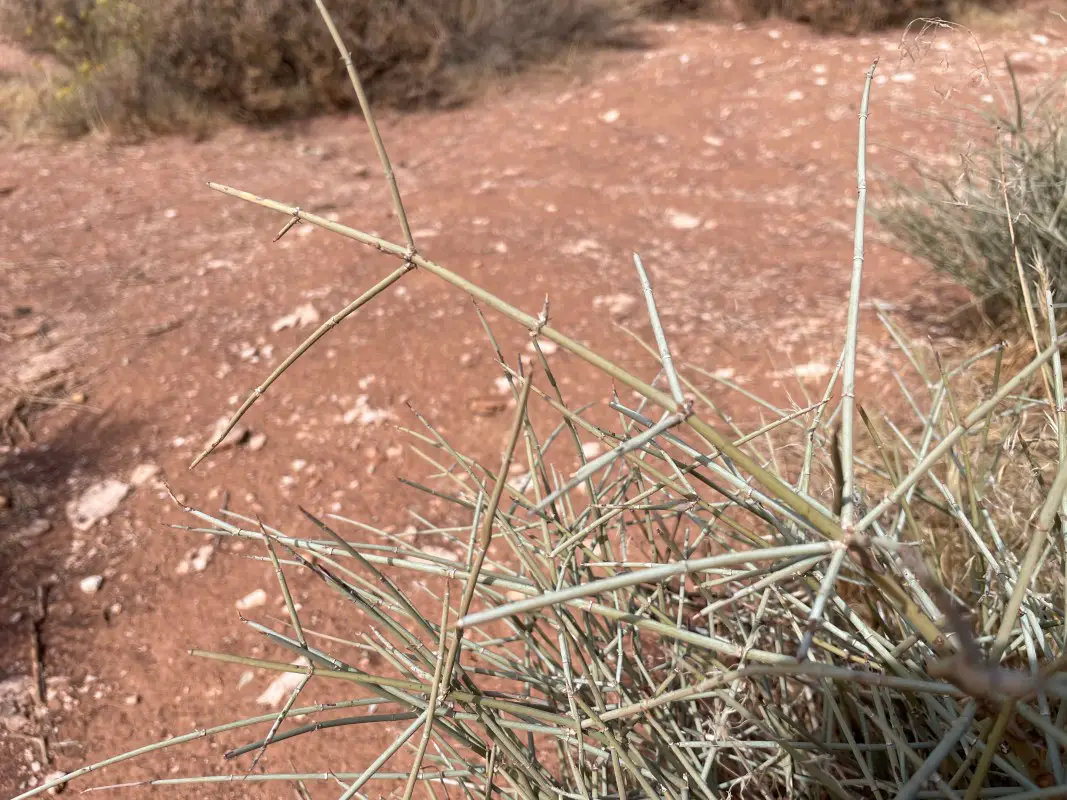
If you are what you eat, the beef from the cows here is surely tough but aromatic. Some of the plants have a pleasant herbal fragrance. And perhaps there is adrenaline built into the land here – the plant above is known as ‘Mormon Tea’ and when turned into a drink is a mild stimulant.
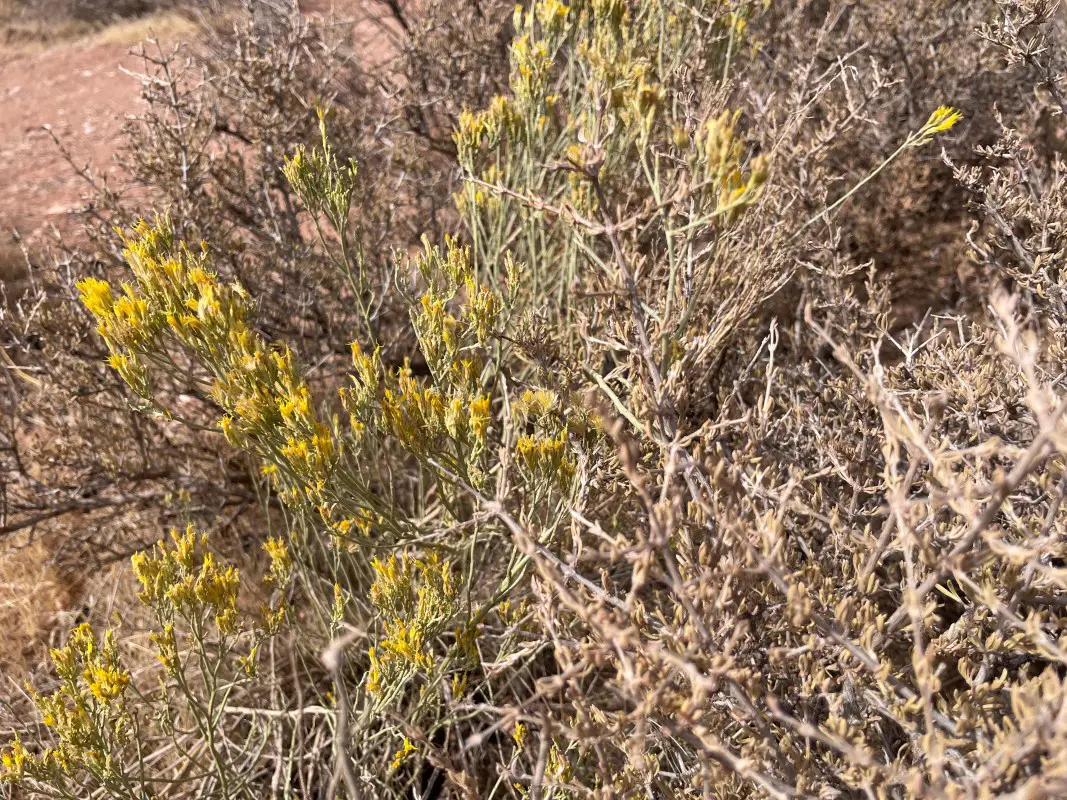
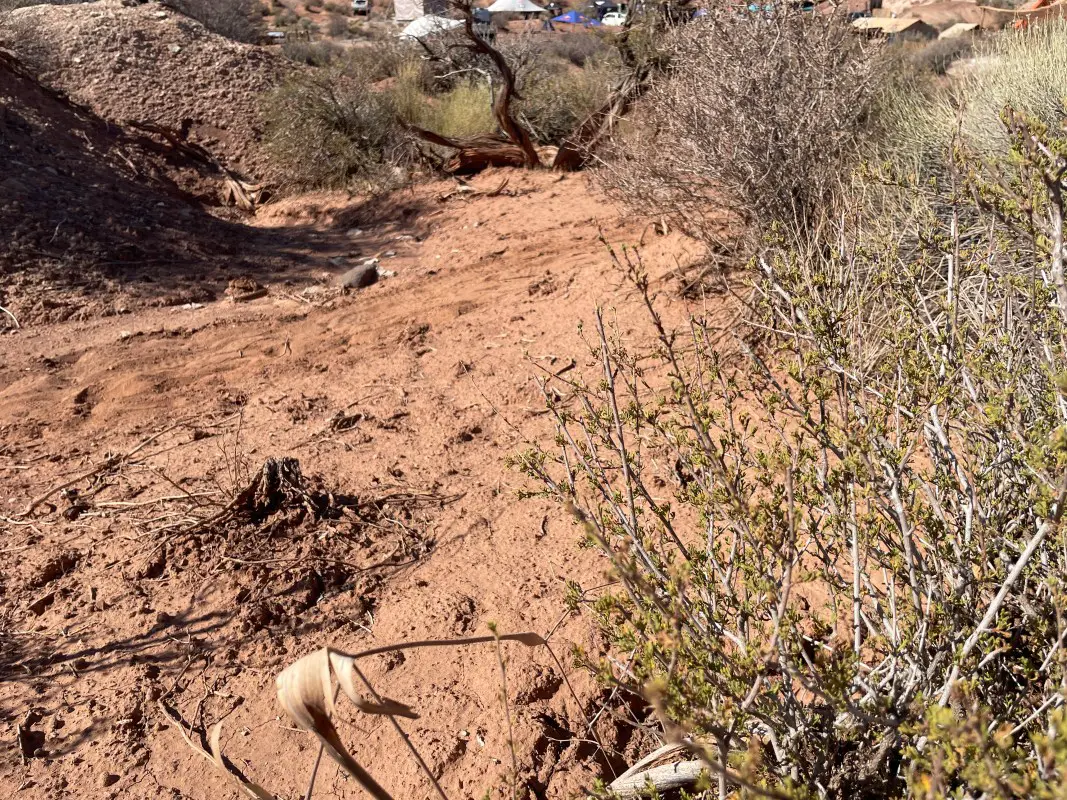
Flattened patches show the small ‘washes’ that form in winter rains.
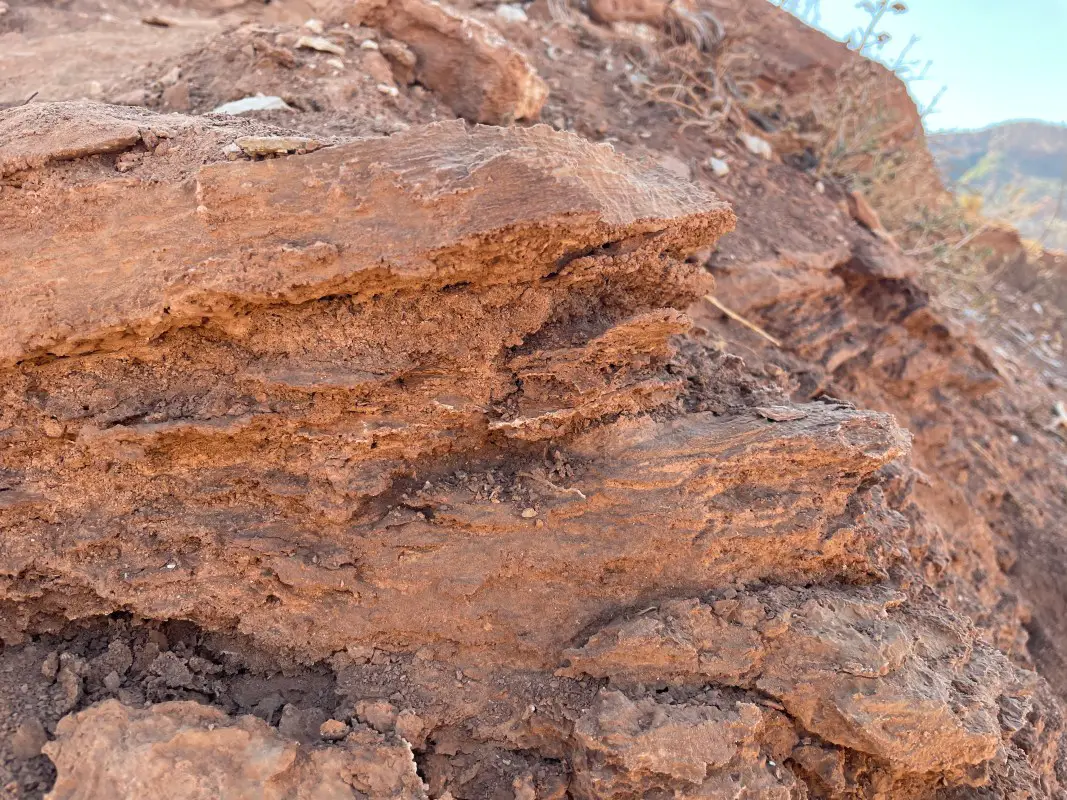
The hillsides used for the competition are made of loose layers of sedimentary rock known as caliche. These are consolidated clay and sand, compressed into layers of varying strength and solidity. Some layers are pretty rocky, but the flat layers mostly come apart easily, making them great for shaping into chutes, or stacking into landers, lips and walls.
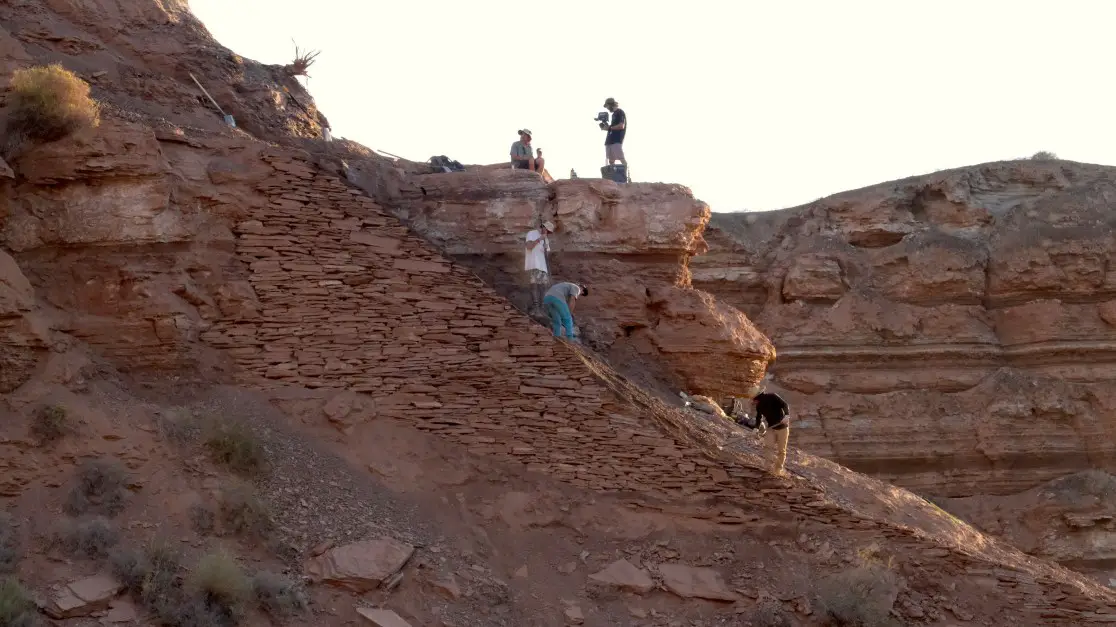
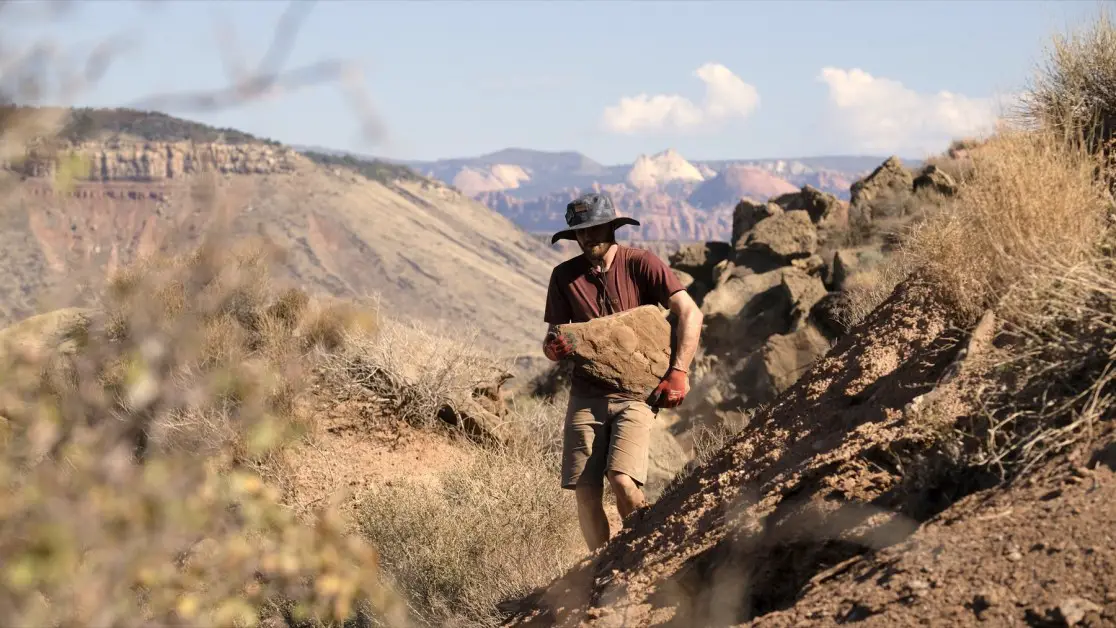
With experience digging out here, you learn which rocks will break up easily, and which will form a hard obstacle that will stubbornly stay in the way of your line. Look out for the hard white churt, marble-like pieces, which are very hard and will resist a pick.
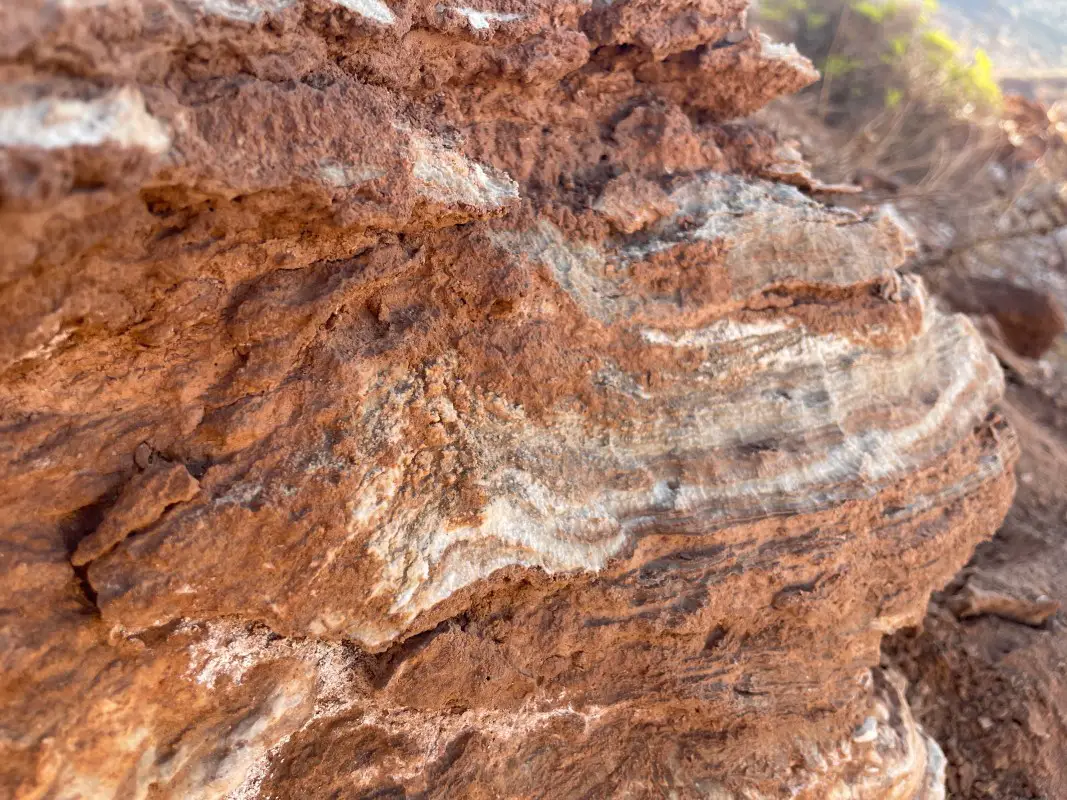
There are also big boulders, made of the Navajo sandstone, which is something not too dissimilar to the gritstone you’ll find in Sheffield and Calderdale. A boulder made of this stuff in your path might become a useful feature – as Brendan Fairclough has shown.
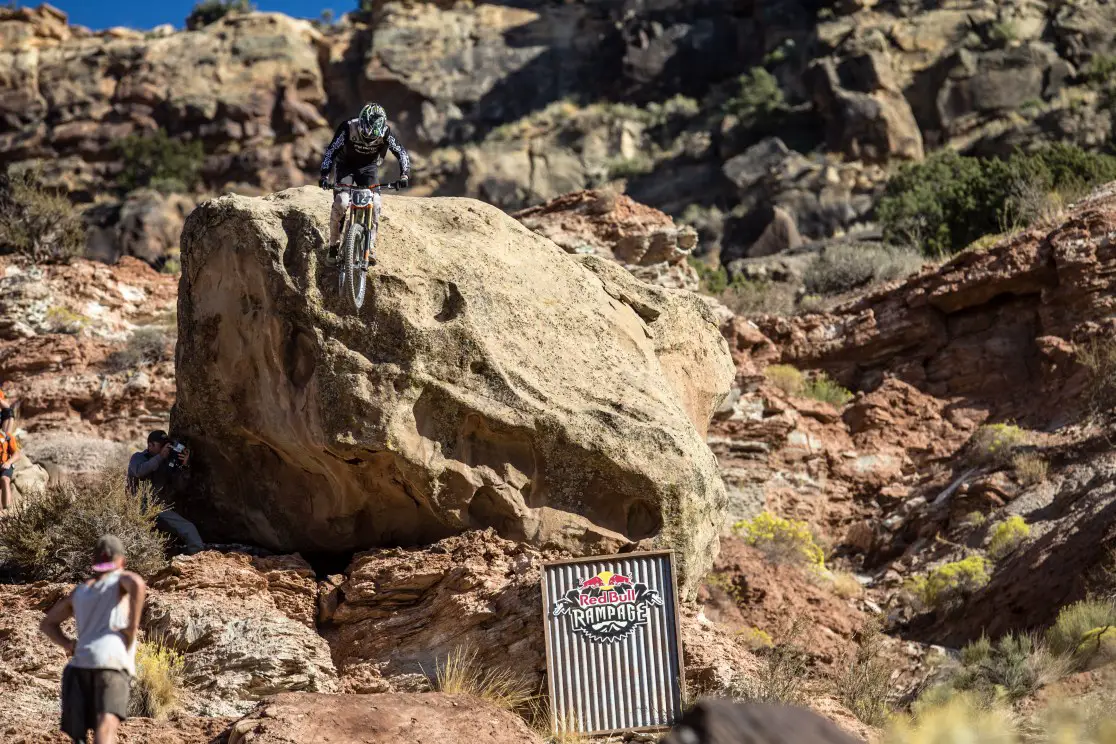
But it can prove quite an obstacle, if it can’t be rolled out the way, as Bienvenido Aguado Alba discovered when he built a lander only to decide it really needed to not have a giant boulder on the edge of it.
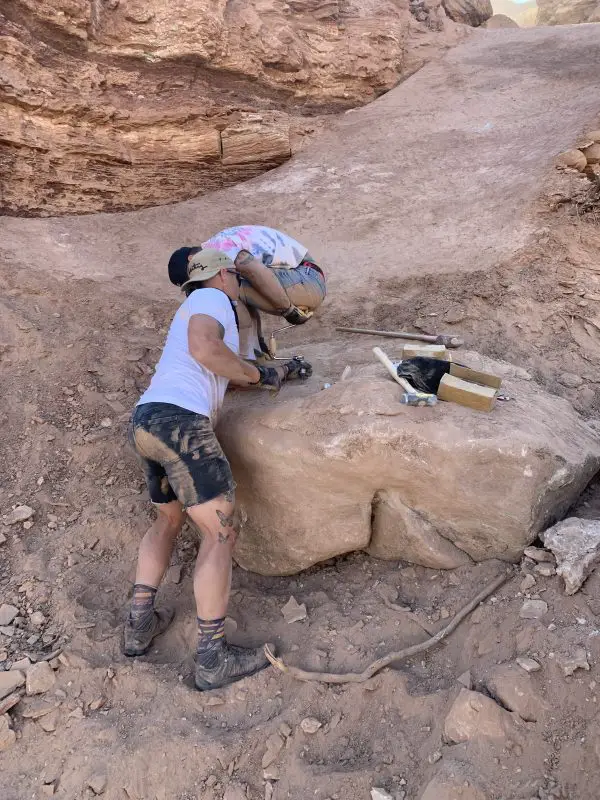
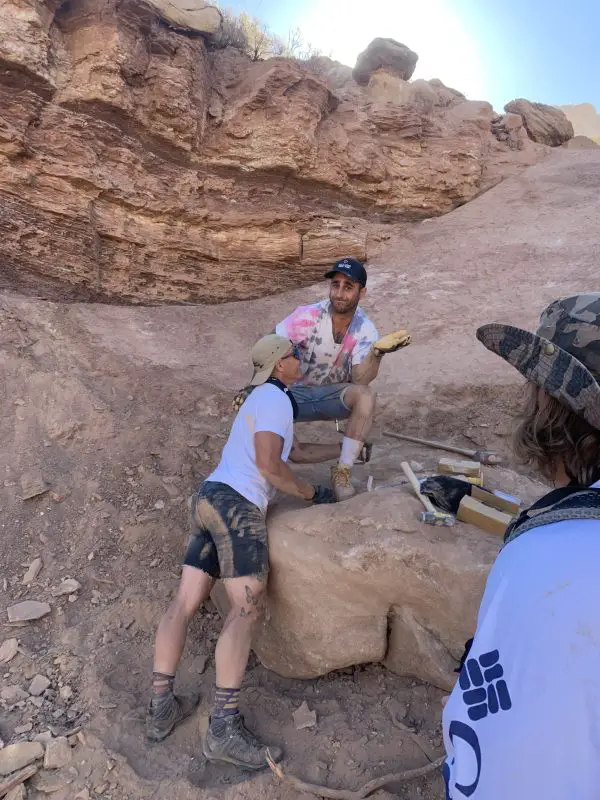
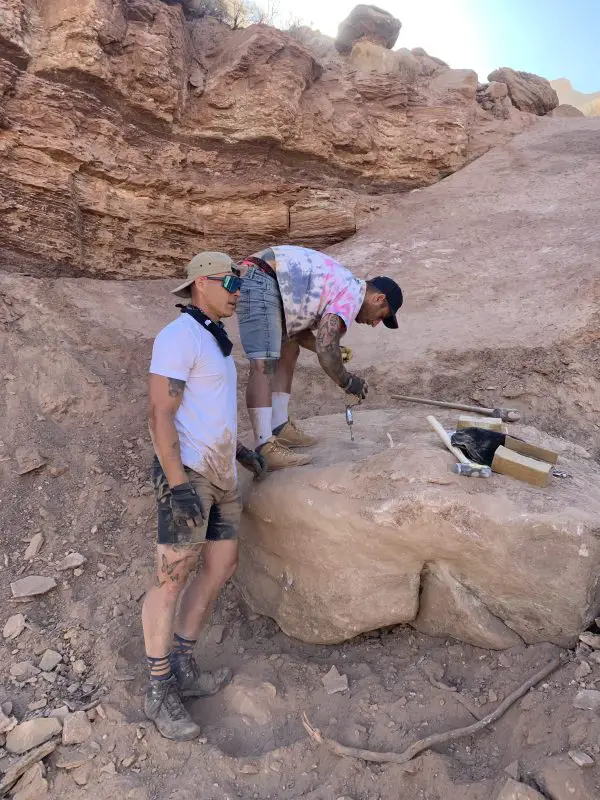
Hours of drilling holes finally allowed them to hammer pins into the boulder and split it. What an effort.
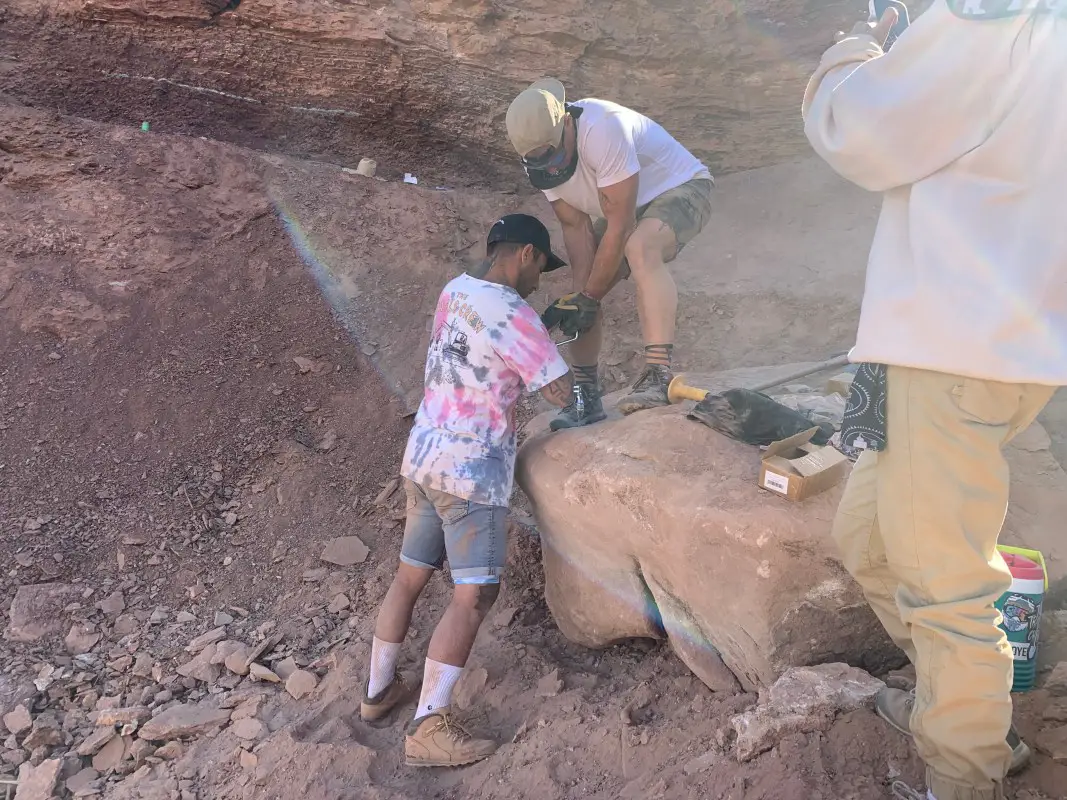
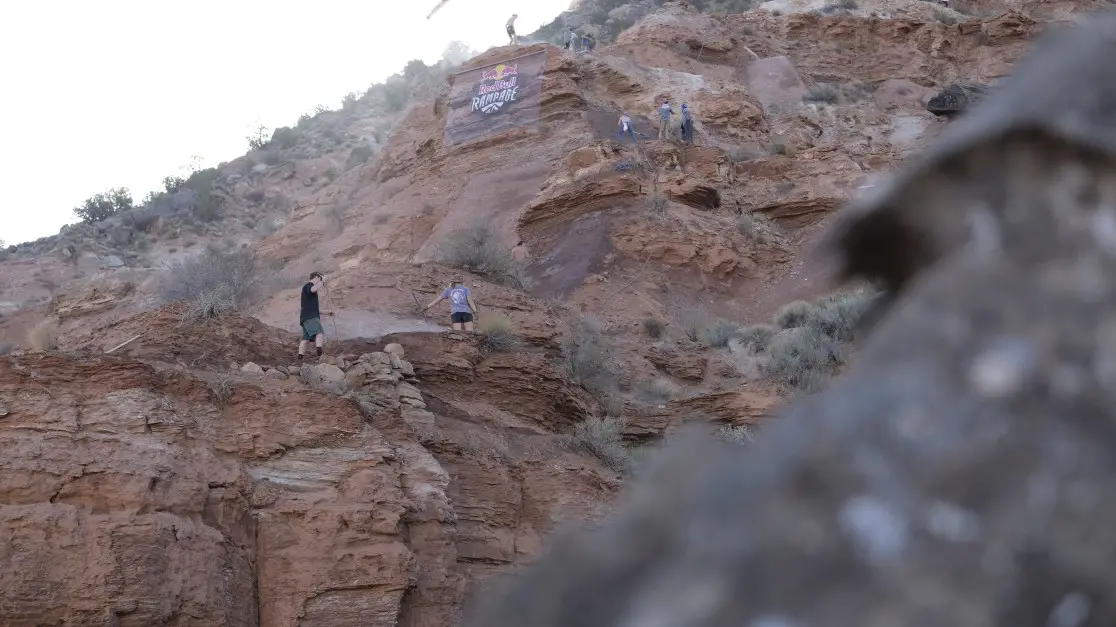
Aside from a few scrubby bushes, there’s very little vegetation on the loose fingers of the hillsides – wind and rain keep the surface moving so few roots get chance to take hold. I’ve seen one lizard the entire time I’ve been walking around – though there are rumoured to be the odd scorpion, snake, or tarantula.
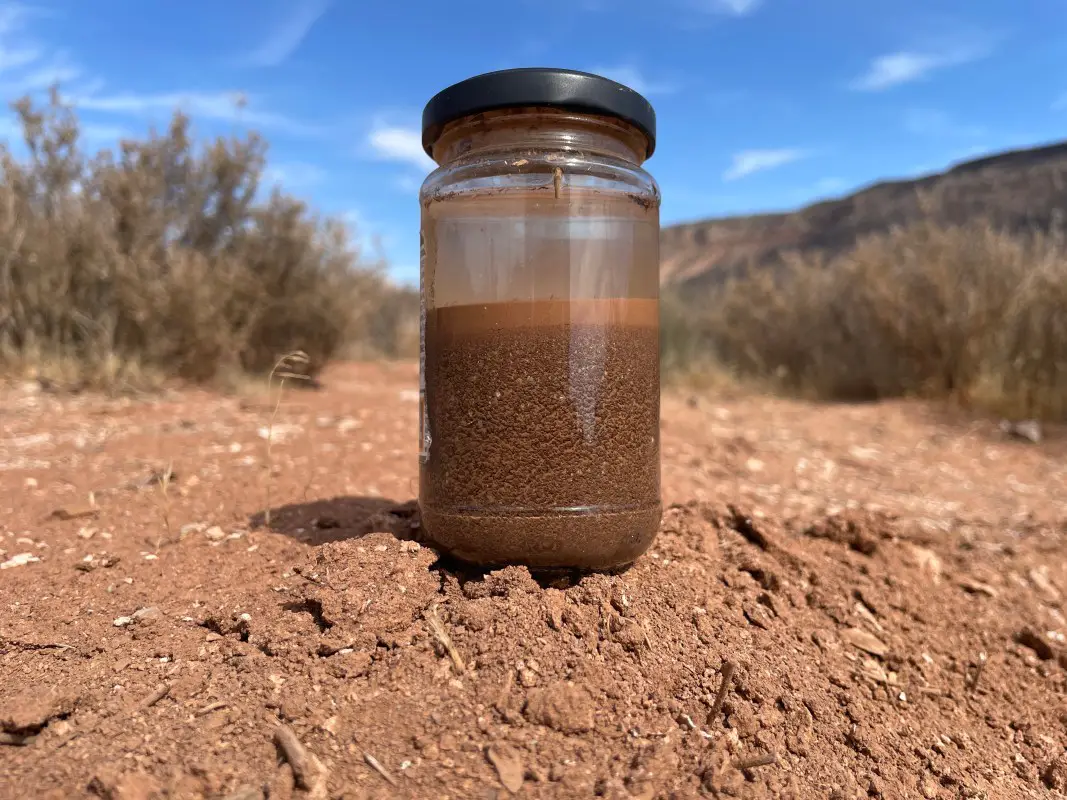
Another reason for the lack of vegetation is that the soil itself is pretty inhospitable and lacks nutrients. I did the old ‘geography field trip’ soil sample test to illustrate what it’s made from, where the particles segregate first by weight, and then by size, smallest at the bottom. That smattering of floating bits is the organic matter – almost nothing. Below that is the water I added for the test, then another teeny tiny layer of organic matter, that is so small here that you can’t see it in the photo. The next layer of pale brown is clay – about 12% of the soil, perhaps. The next layer is aggregate – basically sand or very small rocks (so small they might float?). Finally, the finest sand.
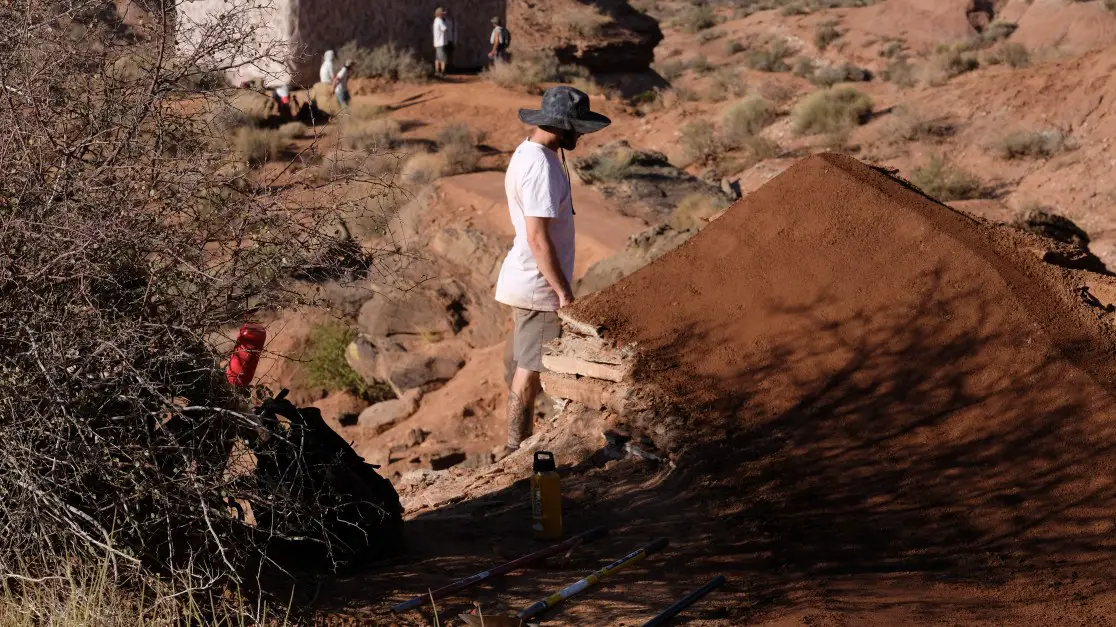
Being so dry, you can shovel this dirt easily – it’s light and yields to the pick and shovel.
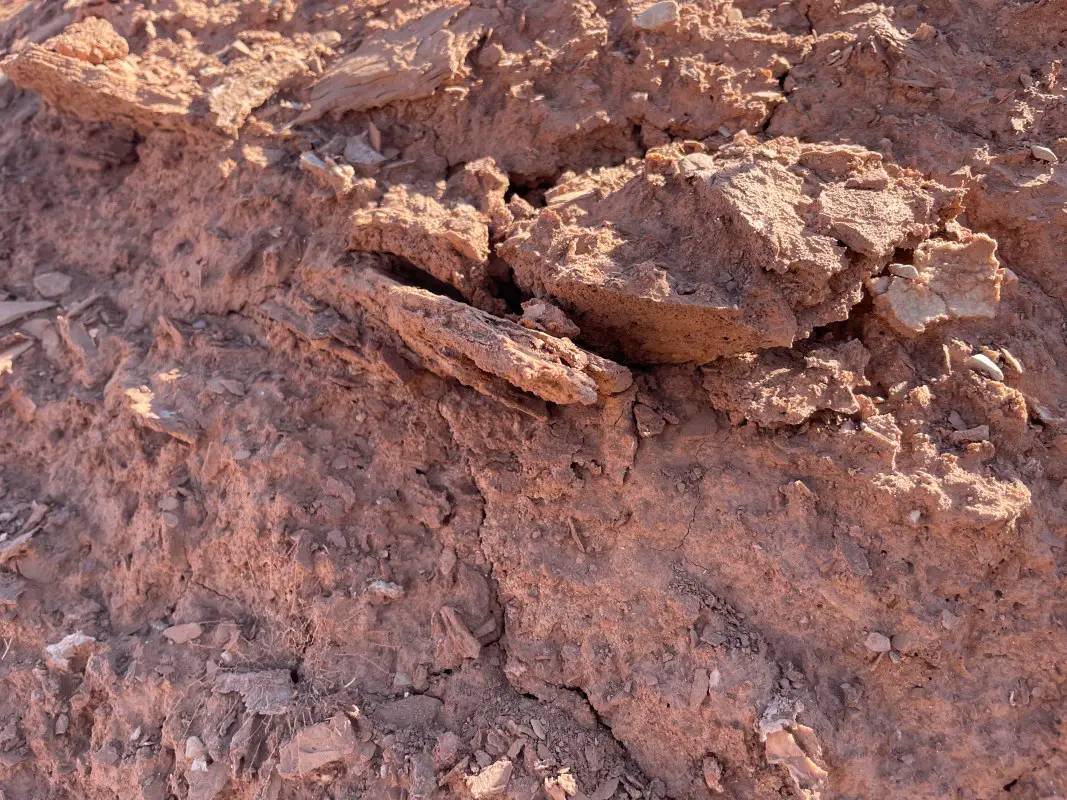
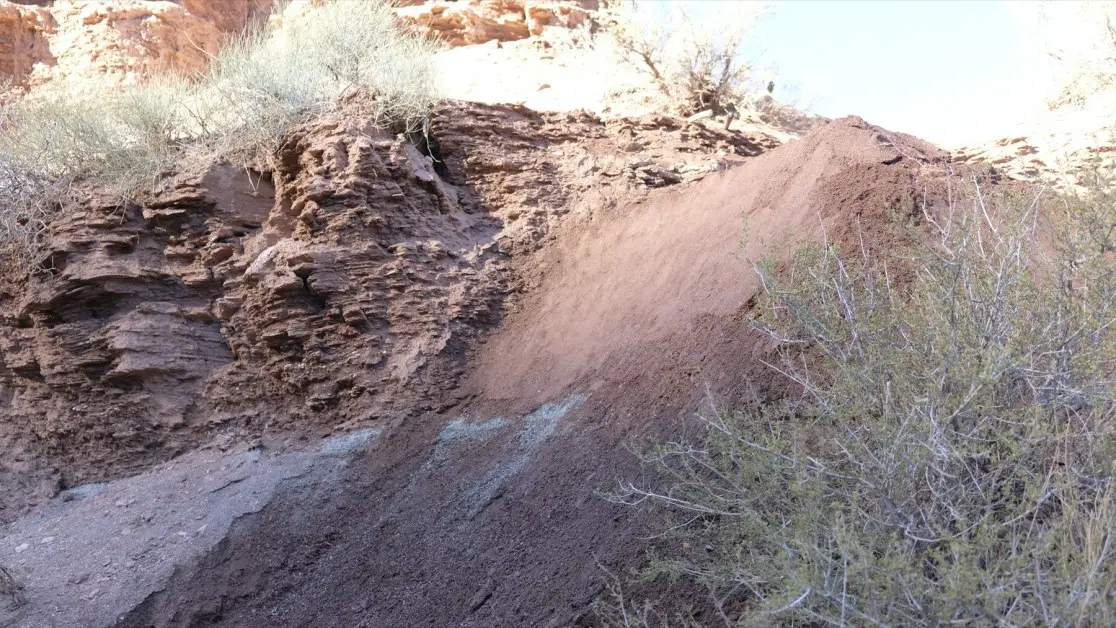
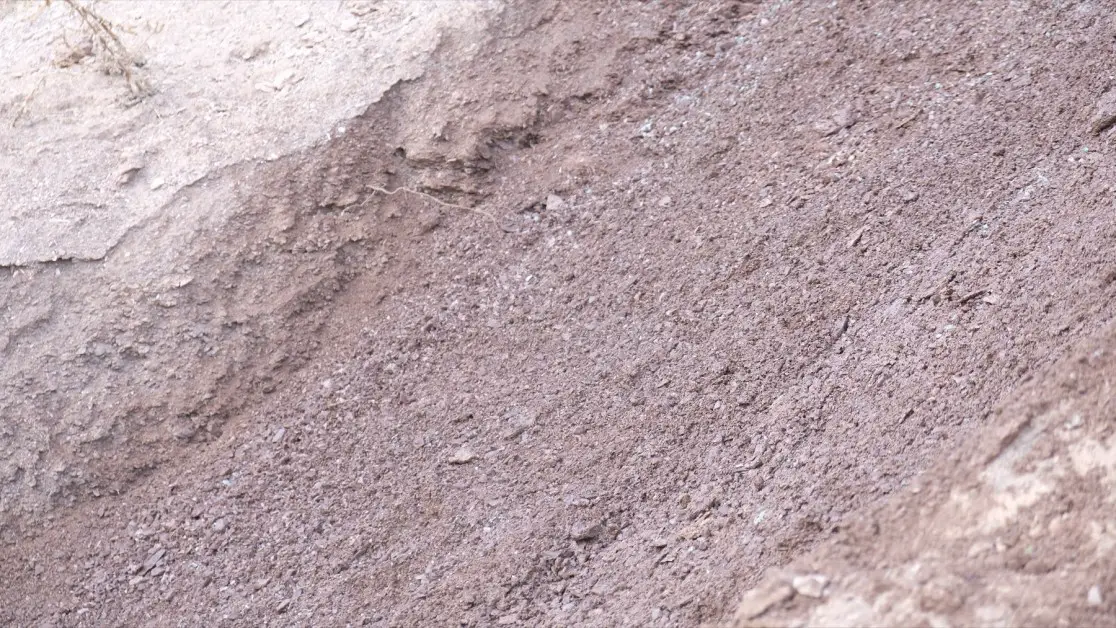
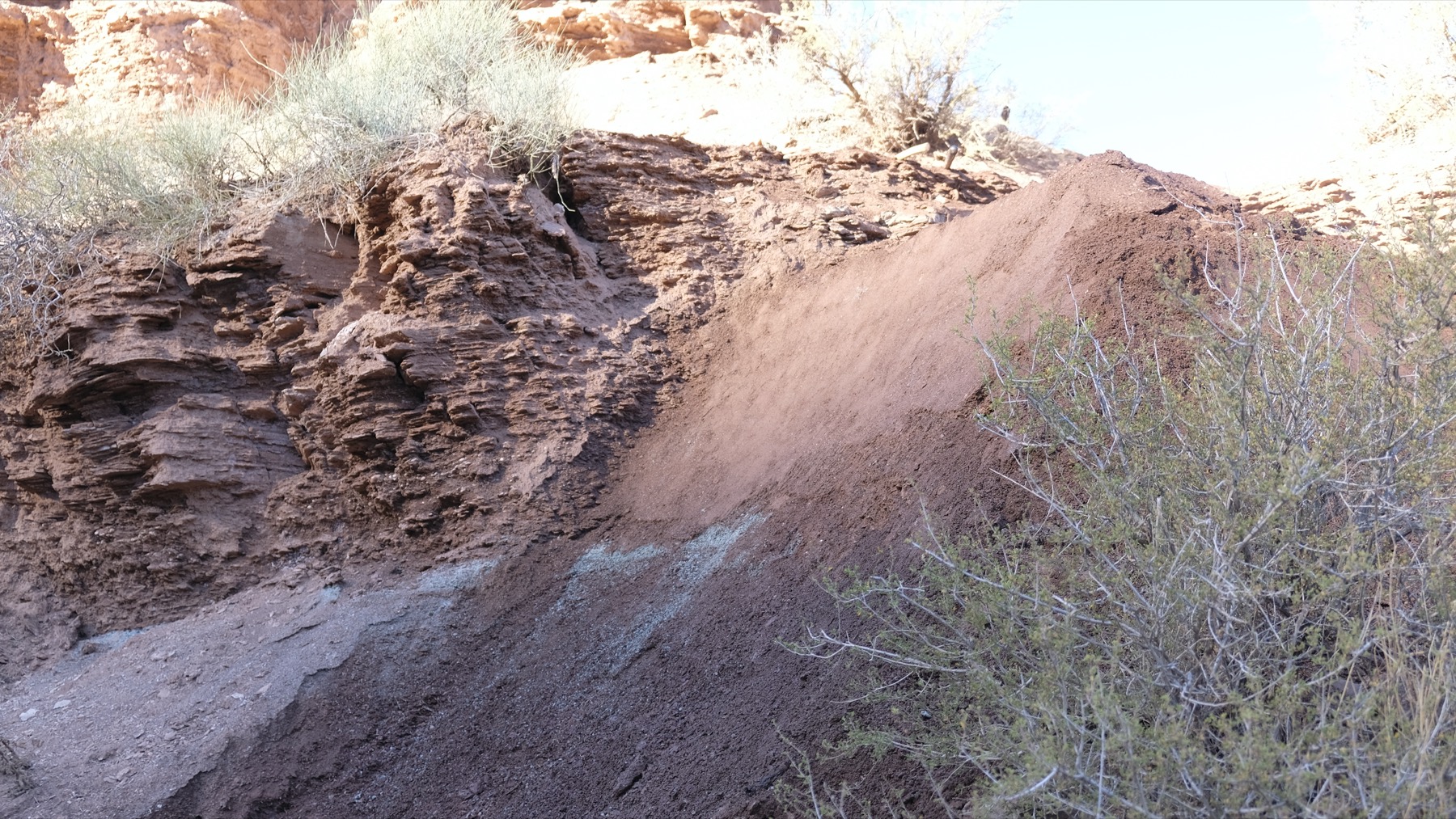
Pile it up where you want it, using sandbags or rocks to form an edge, rake, add water, and slap with a shovel. Dust turns to scone mix turns to cookie dough, turns to chocolate brownie, or chocolate truffle. Thanks to the small amount of clay, there’s just enough when you add water to bind the grains of sand and rock together. The larger grains provide durability, while the smaller grains allow you to create a very precise surface.
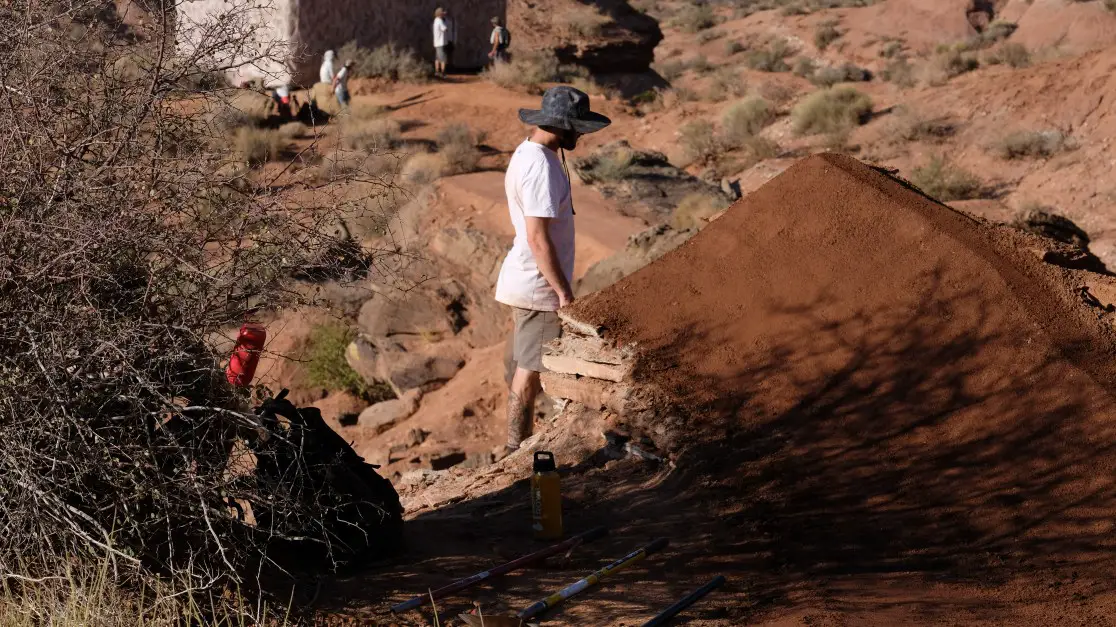
This precision allows the builders to shape take offs and landings to their exact requirements for their particular needs. With high consequence for getting things wrong, you’ll often see riders and builders shaving tiny amounts off the edges of lips and landers. Or, ripping a whole layer of sandbags off a too-steep lander, knowing there’s plenty of time to shift the dirt.
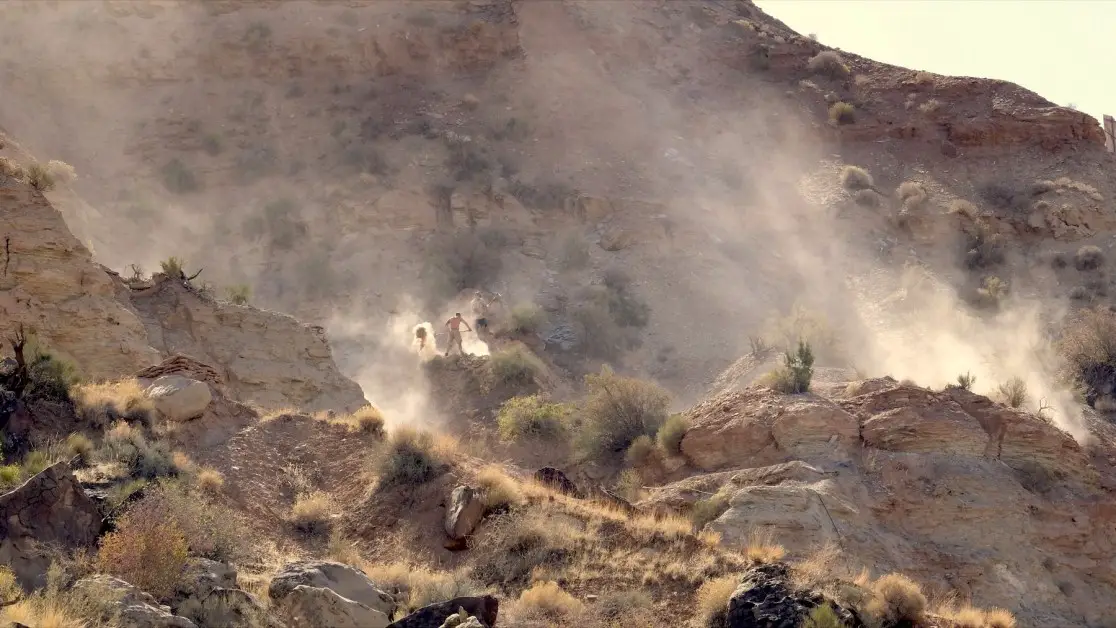
Once it’s all over, the hillside is left to the elements. It’s public land, used by the event under permit. This means that, in theory, if you fancy it, you can go and tackle the features yourself. In reality, as well as being intimidating, the current Rampage site is less accessible than the old Rampage site, where it’s far easier to roll up in a car and hit some jumps and chutes. Out at the current site, the showtime jumps melt under winter rains like mashed potato under gravy, leaving lumpy imitators of their former selves. On the steeps, the rock and sandbag skeletons of some of the features cling on. Wind and rain takes care of the rest, until the riders return for another contest, reviving and adjusting what remains for another round of freeride festivities.
Men’s Broadcast: Saturday, October 12th at 12pm ET/9am PT/5pm UK on ESPN+ in the U.S. and on Red Bull TV in all other countries.
Check out our other Red Bull Rampage Coverage.
Enter our competition to win an Abus HiDrop helmet.
2024 Red Bull Rampage Women’s Roster
- Robin Goomes (NZL)
- Casey Brown (CAN)
- Vinny Armstrong (NZL)
- Georgia Astle (CAN)
- Vero Sandler (UK)
- Vaea Verbeeck (CAN)
- Chelsea Kimball (USA)
- Camila Nogueira (ARG)
2024 Red Bull Rampage Men’s Roster
- Cam Zink (USA)
- Tom Van Steenbergen (CAN)
- Carson Storch (USA)
- Brendan Fairclough (GBR)
- Talus Turk (USA)
- Kyle Strait (USA)
- Emil Johansson (SWE)
- Bienvenido Aguado Alba (SPA)
- Adolf Silva (SPA)
- Brandon Semenuk (CAN)
- Clemens Kaudela (AUT)
- Kurt Sorge (CAN)
- Luke Whitlock (USA)
- Reed Boggs (USA)
- Szymon Godziek (POL)
- Thomas Genon (BEL)
- Tom Isted (GBR)
- Tyler McCaul (USA)
Thanks to ABUS for contributing to Hannah’s travel expenses.



Home › Forums › Rampage Diary 4: Location Location Location
You must be logged in to reply to this topic.
Spread the word:
Spread the word: